




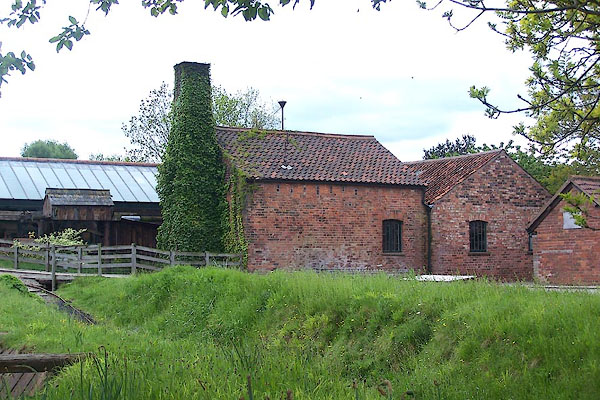
BMD81.jpg Engine house.
(taken 30.5.2006)

BMD85.jpg Engine house, etc.
(taken 30.5.2006)
placename:- Wetheriggs Brick and Tile Works
placename:- Wetheriggs Pottery
courtesy of English Heritage
"WETHERIGGS POTTERY / / / CLIFTON / EDEN / CUMBRIA / II / 74236 / NY5547426281"
courtesy of English Heritage
"Kiln, workshops, drying shed, kiln room, steam house and blunger. 1855 as a brick and tileworks for the Brougham estate. Red brick walls, under pantile roofs with stone and brick chimney stacks. Single-storey buildings arranged in U-shape around a small courtyard, with attached steam house and blunger. Bee-hive kiln is within square brick building with plank doors. Adjoining long workshops have plank doors and casement windows. Right-angled range is divided into open-sided drying shed and enclosed kiln room. Rear steam house has plank doors and round-arched casement windows; tall square chimney stack. Adjoining blunger is a circular brick-lined pit with central pivoted paddle for mixing clay and water, powered by the steam engine in the steam house. A working pottery which continued using old methods of production until the mid C20. Now reopened as a working pottery, to which the public are admitted, preserving original machinery and traditional designs, but electrically fired kiln. See guide book, Wetheriggs Country Pottery, 1984. The present shop and house are not of special interest."
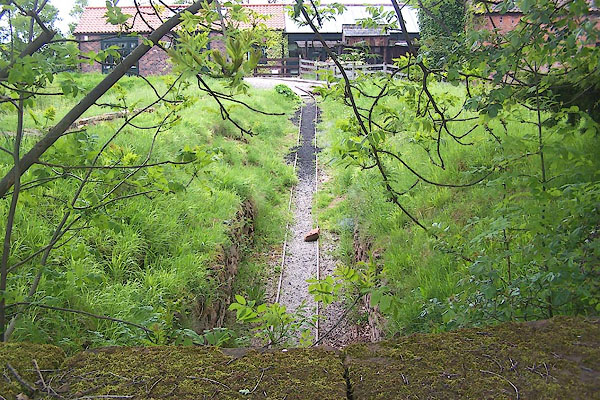
BMD82.jpg Tramroad from clay pit.
(taken 30.5.2006)

BMD83.jpg Tramroad into clay pit.
(taken 30.5.2006)
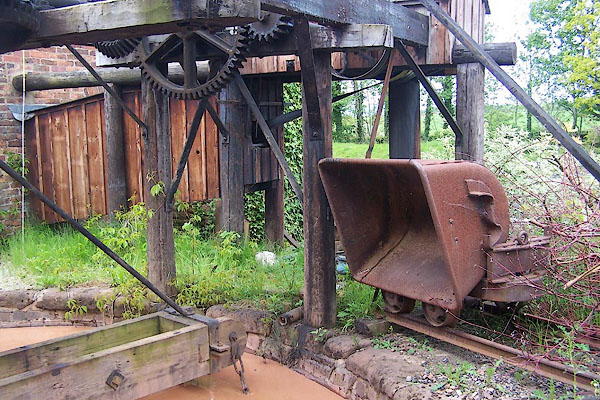
BMD84.jpg Tip wagon, where the raw clay is emptied into a 'stirrer'.
(taken 30.5.2006)

BMD86.jpg Stationary engine, Josephine, made by W C Holmes and Co, Huddersfield, Yorkshire.
(taken 30.5.2006)
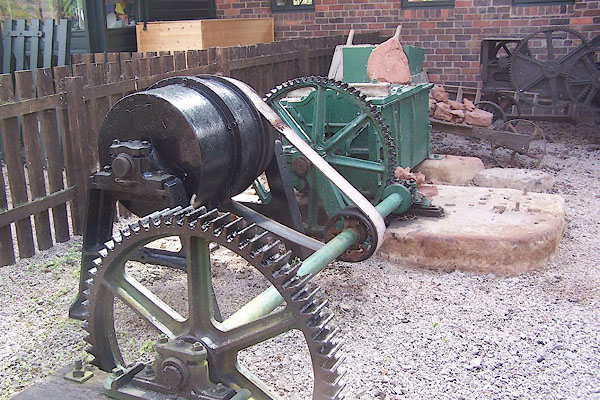
BMD87.jpg Clay processing.
(taken 30.5.2006)

BMD88.jpg Beehive Kiln.
(taken 30.5.2006)
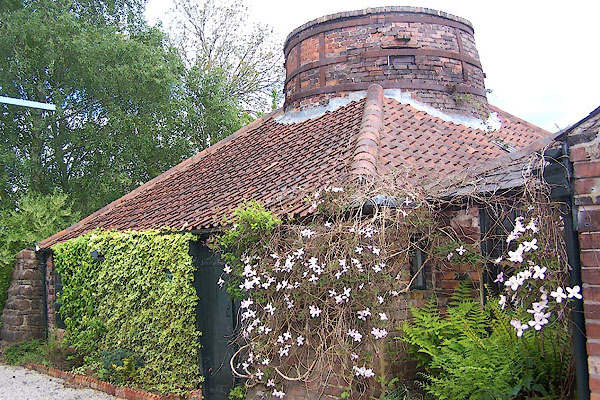
BMD89.jpg Beehive kiln.
(taken 30.5.2006)
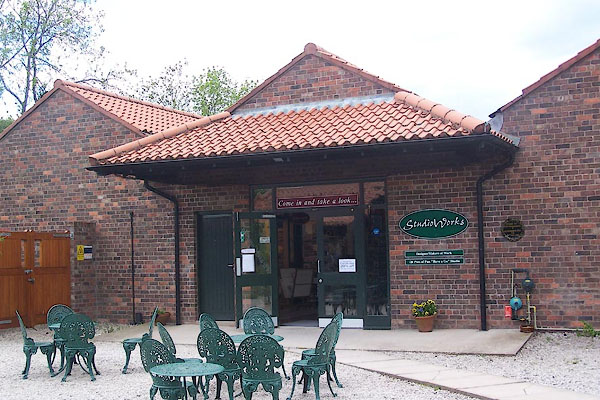
BMD90.jpg Entrance to the country pottery, craft shop etc. Now gone.
(taken 30.5.2006)

CDG89.jpg Teapot:-
"Mis Wilderidge" (taken 30.5.2006) courtesy of Penrith Museum.

 Lakes Guides menu.
Lakes Guides menu.